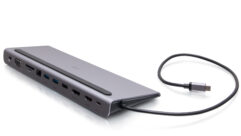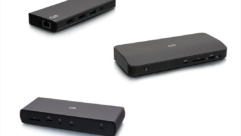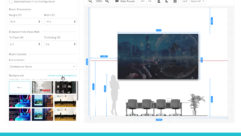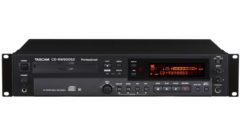
Ready For Rohs?
Beginning this month, the European Union’s ?Restriction of the use of certain Hazardous Substances? (RoHS) directive comes into force. Certainly the greatest initial impact will be felt by electronic equipment manufacturers that export into EU countries. But the trickle-down effects will be felt throughout the pro AV channel.
Beginning this month, the European Union’s “Restriction of the use of certain Hazardous Substances” (RoHS) directive comes into force. Certainly the greatest initial impact will be felt by electronic equipment manufacturers that export into EU countries. But the trickle-down effects will be felt throughout the pro AV channel.
RoHS is sending aftershocks through ours and many other industries. And it isn’t limited to the European continent. Domestically, individual states are loading their legislative agendas with the disposal and recycling of the electronics we sell, install, and replace every day. China has enacted legislation (referred to as China RoHS) that builds on the European model and considerably expands the scope. There’s substantial overlap, but many product types that aren’t within the scope of EU RoHS are within the scope of China RoHS. The current draft version of the “catalog” of affected products includes virtually all audio and video electronics. China RoHS is scheduled to take effect March 1, 2007. Japan has similar recycling laws, and other countries are poised to follow suit.
What does this mean for all the pro AV manufacturers that, over the past decade, have outsourced manufacturing or built factories overseas? You guessed it — significant cost increases. It’s ironic because the primary reason for many manufacturers to move production offshore was to reduce costs. For those few remaining “made in the USA” die-hards, RoHS still means increased manufacturing costs because most of them export a significant percentage of their products to European and Asian markets. Non-compliant products won’t be allowed to enter these countries.
Of course, cost increases lead to price increases, and U.S. buyers won’t be shielded from these increases because no manufacturer will run separate production lines for non-RoHS-compliant products. But higher prices and/or margin decreases aren’t the only concern. Product quality — the other half of the value equation — is also in jeopardy. At the top of the restricted substances list is lead, and everything electronic contains solder. Transitioning to lead-free solder to meet RoHS compliance isn’t as simple as it seems because the problems associated with lead-free solder are extensive.
We’re faced with paying more for potentially poorer quality — not exactly a formula for industry prosperity. I’m certainly not arguing against the value of “green” initiatives. But it’s our response to such challenges that’s important.
As equipment costs increase, it’s more important than ever to sell not just the products, but the value of your AV projects and services. This means clearly communicating and demonstrating exactly how the systems you propose will improve life for your customer. This isn’t news; it’s the same prescription we’ve advocated to deal with commoditization and channel infiltration. Now RoHS is yet another reason to make this transition.
Mark Mayfield
Editor










